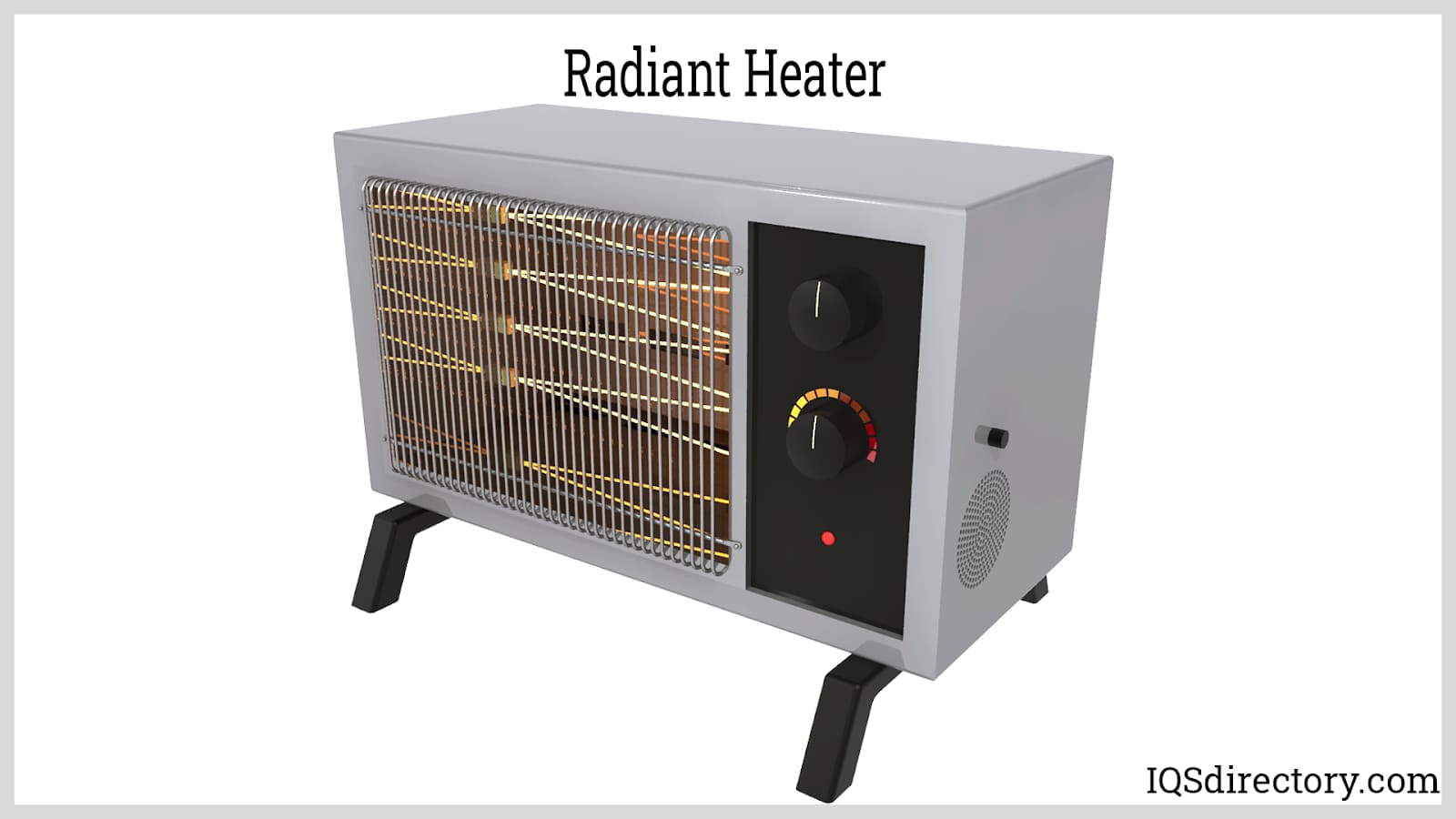1 Source Portable Air for Dummies
1 Source Portable Air for Dummies
Blog Article
More About 1 Source Portable Air
Table of ContentsSee This Report about 1 Source Portable AirThe Definitive Guide to 1 Source Portable Air1 Source Portable Air for DummiesThe Ultimate Guide To 1 Source Portable AirLittle Known Questions About 1 Source Portable Air.
Running prices are based on a power price of 40c/kWh. The costs for 3 months' usage in wintertime are based on 500 hours make use of, or roughly 6 hours per day for three months. Optimum heat outcome is based upon the optimum wattage of the versions we've checked (we concentrate on greater wattage heaters).
This depends on what price you're considering in advance purchase, or running price? As normal, there are trade-offs with either option. Typically, small follower heating units are more economical to get, but can have greater running expenses. Oil column heaters will be the cheapest on the market to run (generally) however just by a slim margin ahead of convection heaters (like panel and micathermic panels).
Some Known Details About 1 Source Portable Air
If you have a relatively easy to fix ceiling fan, it'll help spread the heat around the space more uniformly. The designs in our electrical heating systems examination usually array in rate from well under $100 to over $900, yet we have actually found a higher cost tag doesn't always indicate much better efficiency. A variety of costly heating systems have actually fallen short to excite our testers, while some less expensive designs produce surprisingly bargains.
As the name suggests, they radiate warmth from a heated burner (so the household will have to take turns sitting in front of it). There are flooring and wall-mounted versions offered. Radiant heaters are relatively cost-effective. They have a cosy radiance and personal warming result, like being in front of a fire.
Glowing heaters usually cost in between $20 and $200. Oil-filled column heating systems don't in fact burn oil they utilize power to heat the oil that's secured inside their columns or 'fins'.
5 Simple Techniques For 1 Source Portable Air
Some column heating units aren't even oil-filled however rather make use of various other product or home heating technology to work the same method - 1 Source Portable Air. The danger of fire with an oil column heating unit is reduced contrasted to various other heating system kinds, yet never ever zero. Oil heaters don't have subjected aspects like radiant heating units do, and their surface temperature is less than lots of other heating unit types (their large surface makes up for it)
Oil column heaters won't explode, and while they do not melt their oil to create warmth, it's still combustible, so there is a fire danger if the oil leaks, if the heater topple and leaks, or if flammable objects or textile come right into call or drop on the heating unit. You ought to exercise the same level of care with oil heating systems when it comes to various other heating system kinds, and never ever hang towels or garments over one to dry them utilize a drying shelf rather, at least one metre away.
Column heaters are particularly valuable in areas where they'll be turned on for long periods of time or where they'll run ignored, resource such as overnight in a room. The surfaces you're likely to discuss a column heating unit don't obtain as hot as various other kinds of electric heating systems. You can utilize a ceiling fan on really low speed to aid the column heating unit to distribute the warmth faster and extra uniformly.
If there's not much air motion (as an example, if you're sitting analysis or viewing television), the heat might not be dispersed uniformly. Oil-filled column heating systems typically set you back in between $50 and $450. Convection and panel heating units attract cold air over an electric burner. The heated air after that leaves the heater and increases in the direction of the ceiling, while cooler air relocate to replace it.
Not known Factual Statements About 1 Source Portable Air

Convection and panel heating units are more portable than their oil-filled column heater counterparts since they're significantly lighter. They'll heat the air in a room equally and rapidly. Like a column heating unit, you can make use of a ceiling fan on very reduced rate to disperse the heat much faster and much more uniformly. Some why not try this out designs, particularly panel heating systems, are comparatively expensive to buy.

See This Report on 1 Source Portable Air
Fan heating systems are frequently smaller sized and more portable than other electric heating systems. They also are available in the type of tower fan heating systems, which can be better for dispersing heat around bigger spaces because of their taller profile. They can warm the air in a space extra quickly, equally and quickly than some various other heater kinds.
They can be fairly noisy with the follower on full power, however are usually fairly silent at lower fan rates. Fan heating units (ceramic or otherwise) usually cost in between $60 and $900. Ceramic follower heaters aren't always any kind of different in cost to non-ceramic versions. A relatively recent entrant right into the customer market, infrared heaters heat up the space like the sunlight heats your face (without web link the UV rays so no risk of skin cancer cells). 1 Source Portable Air.
Report this page